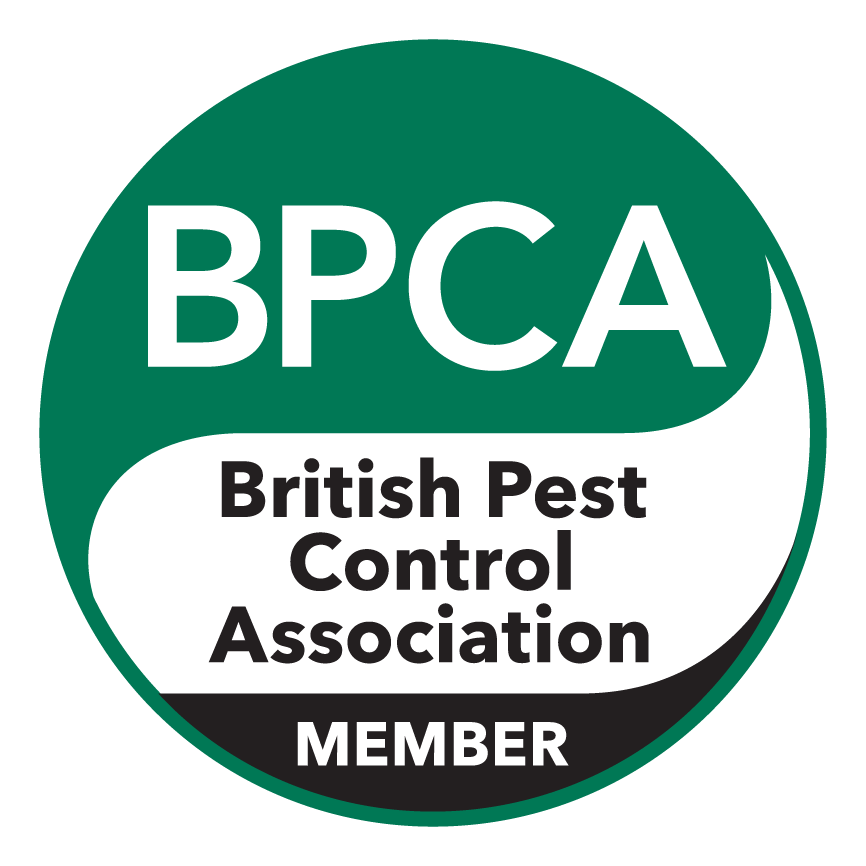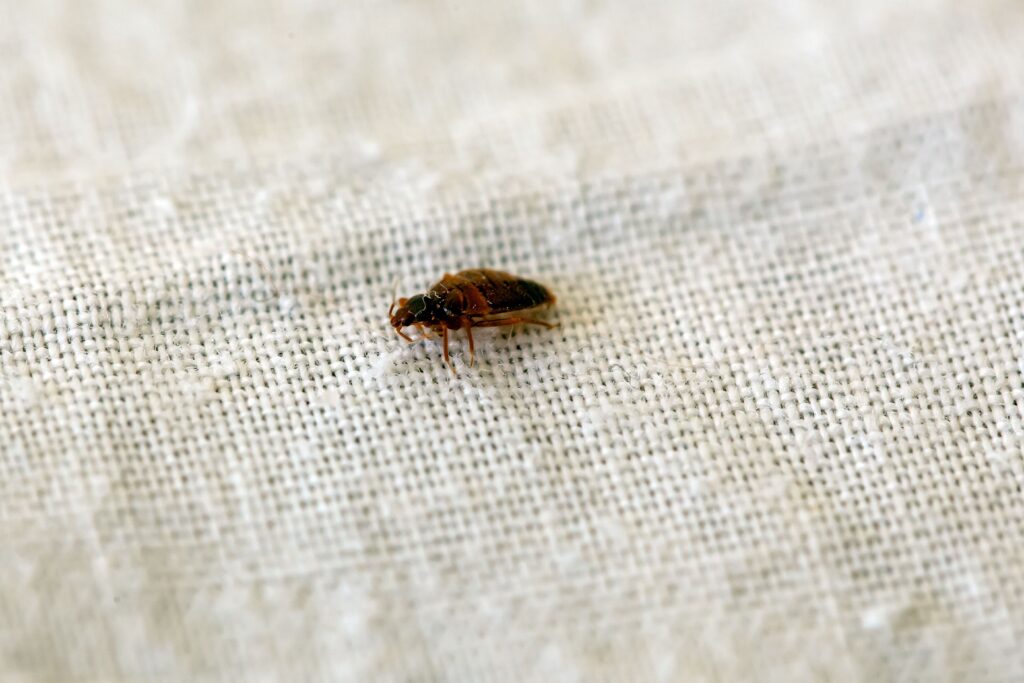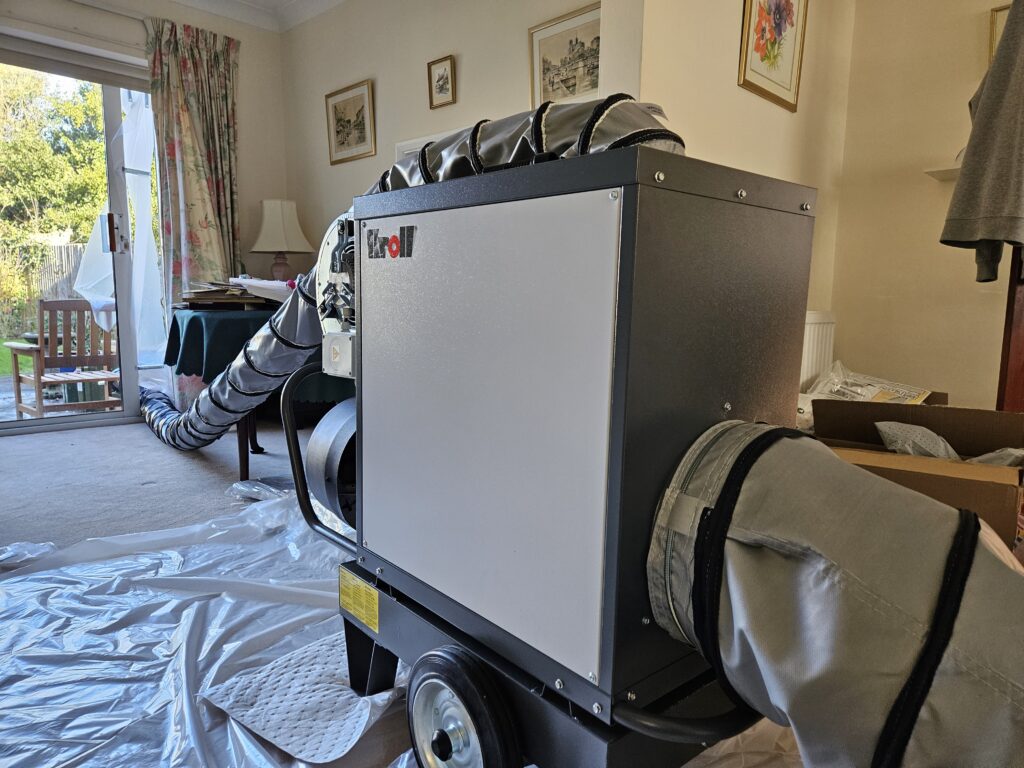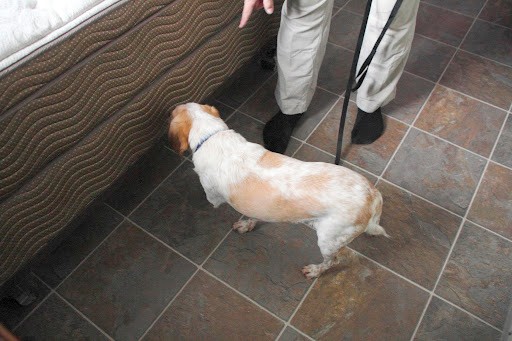Bed bugs can quickly spread and cause sleepless nights. Here you’ll find essential information on identifying, treating, and preventing infestations, plus guidance on ThermoPest’s professional bed bug services.



Bed bugs are one of the most persistent pests in the UK, and infestations are on the rise in homes, hotels, and workplaces. These small, flat insects feed exclusively on blood, hiding during the day and emerging at night to bite. They reproduce quickly and can survive for months without feeding, which makes them particularly hard to eliminate without professional help.
At ThermoPest, we specialise in bed bug treatment and prevention. Our expert team combines cutting-edge heat technology, discreet monitoring systems, and proven aftercare support to ensure complete eradication and long-term peace of mind. Whether you’ve just discovered bites or you’re dealing with a full-blown infestation, our services cover every stage — from detection through to follow-up.

Our flagship service uses industrial heaters to raise temperatures high enough to kill bed bugs at all stages — adults, nymphs, and eggs — in one treatment. Unlike sprays, heat penetrates deep into furniture, walls, and cracks, ensuring no place is left untreated.

Early detection is the key to prevention. Our discreet monitoring systems allow ongoing checks for activity, giving you peace of mind.
This is particularly valuable for:
If you’re not sure whether you have bed bugs, our team provides professional inspections, including K9 detection services for accurate results. Pinpointing the scale of the infestation is the first step to effective treatment.

Need urgent help? Our emergency bed bug removal service delivers rapid response when an infestation can’t wait. We act quickly to stabilise the problem and then carry out a full treatment to restore comfort and safety.
Infestations often leave behind unpleasant traces such as stains, odours, and allergens.
Our cleaning service restores hygiene and complements treatments with:
Proper preparation makes treatments faster, safer, and more effective.
We provide clear guidance on:
We stand behind our work with a 60-day return visit guarantee for qualifying heat treatments.
Our aftercare support ensures long-term results with:
Yes, bed bugs are small but visible—though they are very good at flattening themselves and hiding. Once fully grown, the bugs are red/brown and measure around 4-5mm. Can you see bed bugs?
Bed bugs can be found anywhere that humans live because they feed on human blood. This attracts them to any environment where they can hide out—with mattresses and upholstery the prime targets. What causes bed bugs?
Bed bugs are difficult to identify in the early stages of their life cycles. Most infestations are discovered due to bite marks and itching from residents. Pest control professionals can usually identify droppings on bedding, uncover the places where the bugs hide and even smell the strong, sweet odours of a mature infestation. What are the signs that I have bed bugs?
Getting rid of bed bugs is not an easy task. Predominately, this is due to the nocturnal nature and ability for bed bugs to hide in small cracks and crevices. Sightings of bed bugs, it normally indicates that there is a serious bed bug infestation and requires a professional bed bug treatment. How do I kill bed bugs?
We are often asked what do bed bug bites look like? The problem is that bed bug bites can be easily confused with other insect bites. Each person bitten by bed bugs reacts differently, but there are some typical indicators. What do bed bug bites look like?
They get their name because they hide in areas that are related to the bed, such as a mattress, pillows, box springs, bed frames, and other furniture. They usually remain close to the host and usually bite at night when we are sleeping. Where do bed bugs bite?
Bed bugs (Cimex lectularius) have existed for thousands of years and gradually adapted to feed on humans. They’re not caused by poor hygiene – but common in places with high human turnover like hotels, dorms, public transport, and shared housing. They hide in beds, furniture, or cracks in walls and reproduce quickly.Bed bugs (Cimex lectularius) have existed for thousands of years and gradually adapted to feed on humans. They’re not caused by poor hygiene – but common in places with high human turnover like hotels, dorms, public transport, and shared housing. They hide in beds, furniture, or cracks in walls and reproduce quickly. If you need a bed bug exterminator near you, get in contact with one of our team today. Where do bed bugs come from?
Bed bug heat treatment is a method used to eliminate bedbugs by subjecting them to high temperatures. This approach relies on the sensitivity of bedbugs to heat, as they cannot survive when exposed to temperatures above a certain threshold. How to get rid of bed bugs?
One of the most common questions we get is, “How to check for bed bugs?” You Check for bed bugs by inspecting mattress seams, bed frames, and furniture for small reddish-brown bugs, tiny black fecal spots, or shed skins.
Yes we do emergency pest control in homes or commercial premises to minimise disruption and risk to health. We can advise you about the most effective insect control solutions for your particular problem.
During the initial treatment on first visit a pest controller will assess entry points, recommend various methods based on the infestation and place bed bug monitors if required.
We treat a wide range including bed bugs, carpet beetles, clothes moths and more. Whether you need moth control or insect control we will tailor our approach to the species and environment.
Yes. All our expert pest control services comply with strict health and safety regulations to protect people, pets and property so you will have a safe and pest free environment after treatment.
Yes, our local pest control teams can help with any pest control needs quickly and effectively.
Call us on 0808 189 2310 – or complete our quote form below.
Leading experts in bed bug control
Guaranteed quick and rapid responses to urgent infestations
For ongoing problems, use our preventative contracts
Speak to a bed bug expert today!
Enter Your Details To Request A Call Back
Enter Your Details To Request A Call Back
Enter Your Details To Request A Call Back
Enter Your Details To Request A Call Back
Enter Your Details To Request A Call Back
Enter Your Details To Request A Call Back